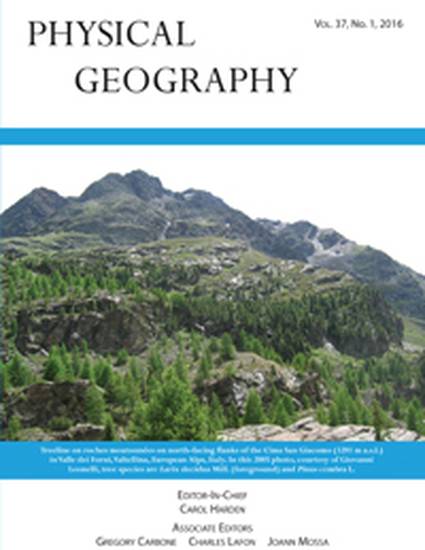
Article
Alpine Treeline of Western North America: Linking Organism-To-Landscape Dynamics
Physical Geography
(2007)
Abstract
Although the ecological dynamics of the alpine treeline ecotone are influenced by climate, it is an imperfect indicator of climate change. Mechanistic processes that shape the ecotone—seed rain, seed germination, seedling establishment and subsequent tree growth form, or, conversely tree dieback—depend on microsite patterns. Growth forms affect wind and snow, and so develop positive and negative feedback loops that create these microsites. As a result, complex landscape patterns are generated at multiple spatial scales. Although these mechanistic processes are fundamentally the same for all forest-tundra ecotones across western North America, factors such as prior climate, underlying geology and geomorphology, and genetic constraints of dominant tree species lead to geographic differences in the responses of particular ecotones to climate change.
Keywords
- Climate change,
- Ecotone,
- Establishment,
- Geomorphology,
- Landscape,
- Scale
Disciplines
Publication Date
2007
Publisher Statement
Taylor & Francis http://dx.doi.org/10.2747/0272-3646.28.5.378
Citation Information
Andrew G. Bunn, George P. Malanson, David R. Butler, Daniel B. Fagre, et al.. "Alpine Treeline of Western North America: Linking Organism-To-Landscape Dynamics" Physical Geography Vol. 28 Iss. 5 (2007) Available at: http://works.bepress.com/andrew_bunn/23/
